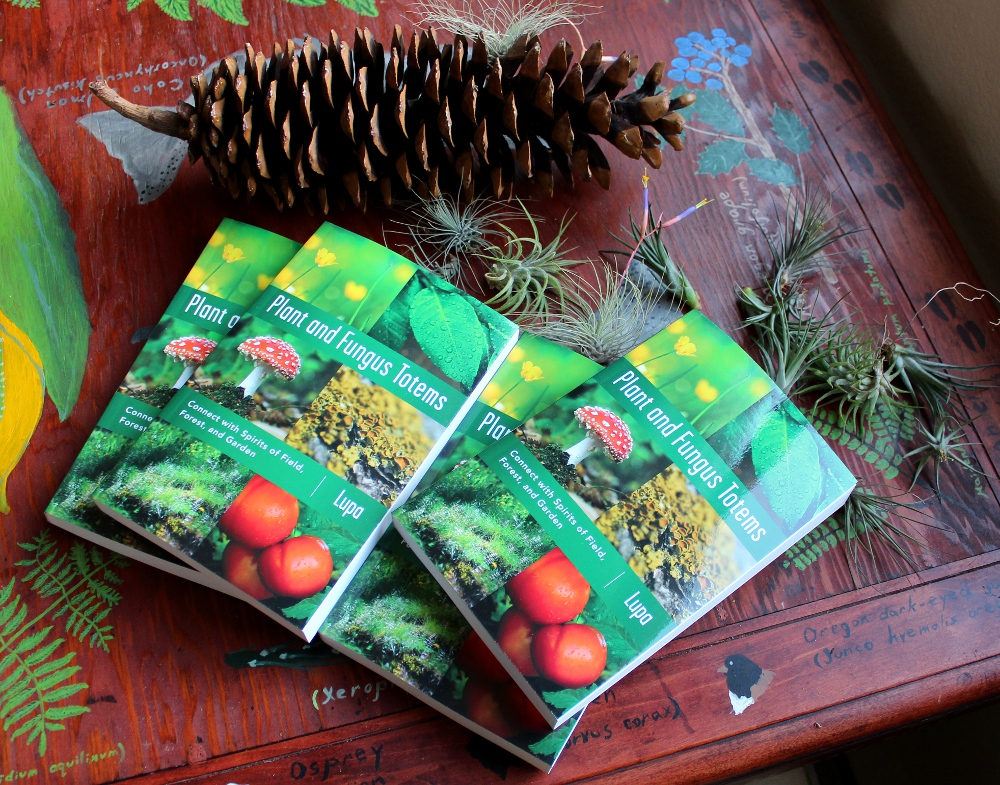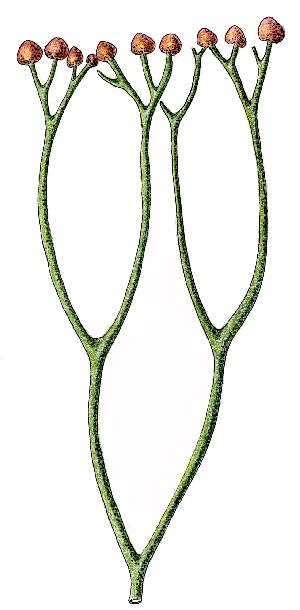Lupa news round-up! Here’s what I’ve got for you dear readers:
–My newest book is out! Plant and Fungus Totems: Connect With Spirits of Field, Forest and Garden is a continuation of my spiritual explorations the past several years. In it I focus on what fungus and plant totems are and how they’re unique from their animal counterparts (and each other!), different ways of working with them, and how to give back to them and their ecosystems, among other topics of interest. As with all my books, this is no mere dictionary stuffed with page-fillers, but instead a versatile toolkit to apply to your practice. You can read more about it and buy a copy here.
–In a similar vein, I just today discovered that the shopping cart feature on my website has not been working since I switched it over in March. The back end showed that a few people tried to buy books, but I got absolutely no information other than a date and time, and no money was received here. If you were one of those people (or if you still want to order books from here instead of at my Etsy shop), I have reverted back to the old Buy Now buttons which, while not a pretty, are proven to be effective. My sincerest apologies for the inconvenience.
–If you’d like to sample even more of my writing for absolutely free, one of my co-writers at the now-defunct No Unsacred Place, Rua Lupa, has teamed up with me to offer you all a new blog at Patheos, Paths Through the Forests. We’ll be continuing our thoughts and conversations on nature, bioregionalism, spirituality, and more. While I’ll occasionally post a link round-up here, you can get more frequent updates on Twitter, Facebook, and Google Plus. Rua Lupa’s already posted there, and my first official post is due out Thursday of this week.
–Finally, thanks to sales at Faire in the Grove this past weekend, I was able to make a donation to the Monterey Bay Aquarium! They are a world leader in research on marine biology and ocean health, as well as the developers of the Seafood Watch pamphlet, website feature and phone app, which allow you to look up which seafood choices are sustainable, and which to avoid. Plus they always have an amazing array of sea creatures on display at the aquarium itself, well-cared-for and healthy, and accompanied by plenty of information. You can find out more about the Monterey Bay Aquarium and their work at www.montereybayaquarium.org/


